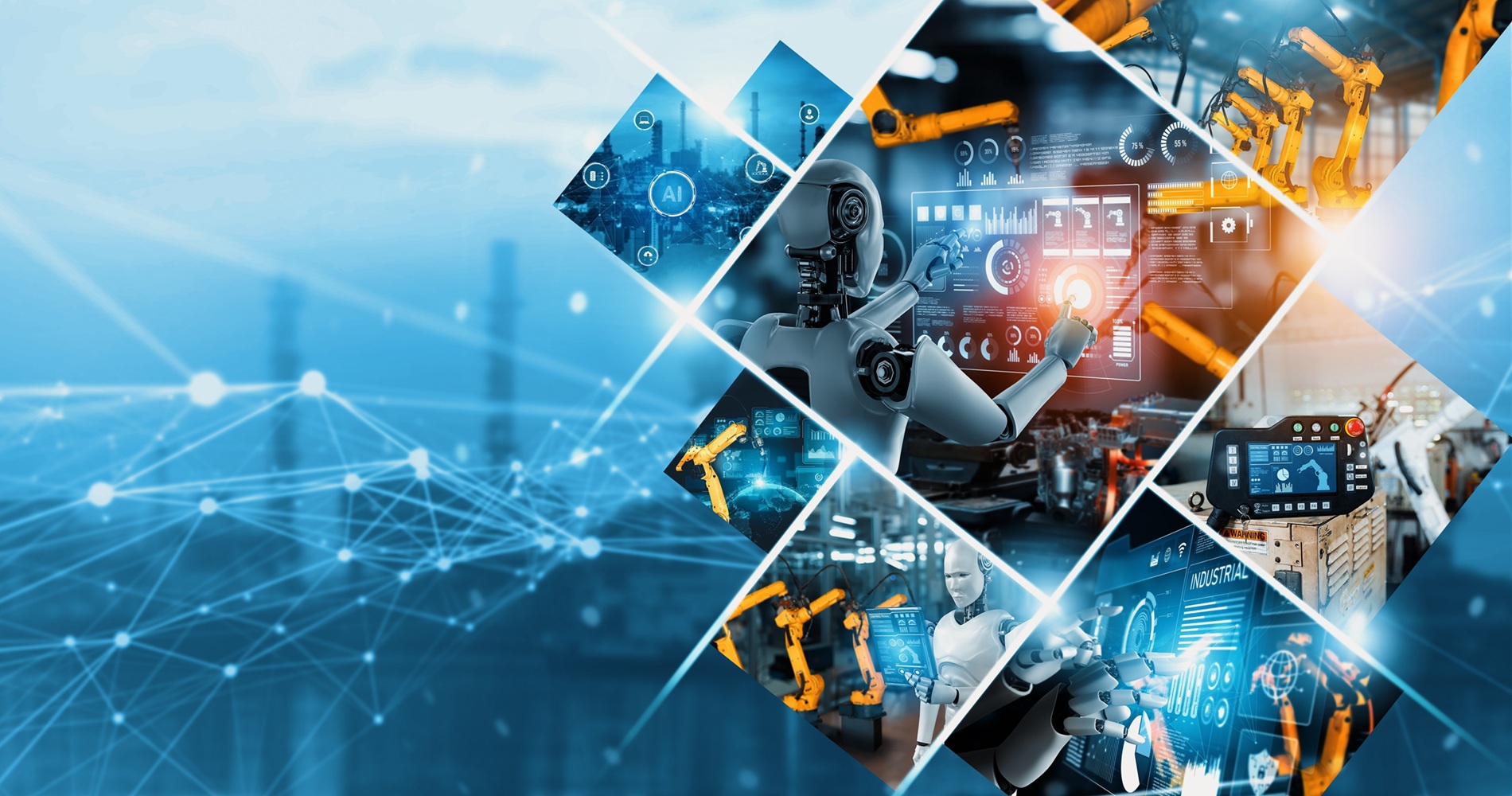In modern factories, machines decide and act long before the cloud even realizes there’s a decision to be made.
What Is Edge AI?
Edge AI refers to artificial intelligence models that run directly on local devices — be it sensors, machines, or embedded systems — without relying on cloud or centralized servers for inference. Instead of sending raw data upstream for evaluation, Edge AI enables the system to:
- ✓ Detect anomalies in real time (e.g., vibration, noise, image data)
- ✓ Classify defects directly on the production line
- ✓ Predict failures based on local telemetry before breakdowns occur
In short: Edge AI moves intelligence from the cloud to the machine — enabling faster, smarter decisions with minimal latency.
Why It Matters
In conventional systems, latency and bandwidth limitations often delay insights. A defect detected by a camera may take several seconds or even minutes to be processed in a remote server. In fast-moving production environments, that’s too slow. With Edge AI:
- ✓ Visual inspections happen in milliseconds
- ✓ Pumps and motors self-regulate before overheating
- ✓ Robotic arms adapt instantly to inconsistencies in materials
These aren’t futuristic promises — they’re operational realities in many early-adopting plants today.
Use Cases Across the Factory Floor
Edge AI is already transforming key industrial domains:
- Quality Control: Real-time image classification and surface inspection powered by local neural networks.
- Predictive Maintenance: Vibration sensors and temperature gauges paired with AI models to forecast wear-and-tear.
- Process Optimization: Adaptive control loops that tune parameters based on learned behavior — not static rules.
- Worker Safety: Real-time detection of hazardous situations like unsafe movements, open flames, or gas leaks.
Each of these scenarios shares one trait: data must be processed instantly, without depending on cloud connectivity.
How It Works: From Chip to Platform
Edge AI is powered by a new class of hardware accelerators designed for real-time processing in constrained environments. These include:
- NVIDIA Jetson modules for edge inference and vision
- Hailo AI processors optimized for low-power, high-performance edge applications
These modules are integrated into PLCs, smart cameras, and edge gateways. Software platforms like Siemens Industrial Edge or Azure Stack Edge enable companies to deploy, monitor, and update models across fleets of machines — with lifecycle management and version control baked in.
The Strategic Upside
Edge AI isn’t just about smarter sensors — it’s about more resilient systems and agile operations. Factories that embrace edge intelligence gain:
- ✓ Faster reactions to faults and deviations
- ✓ Reduced downtime and maintenance costs
- ✓ Improved product consistency and traceability
- ✓ Independence from network latency and cloud dependency
In addition, edge-based decisions preserve data privacy and reduce bandwidth needs — especially important in regulated environments.
Challenges and Risks
As with all emerging technologies, Edge AI comes with hurdles:
- ✘ Managing models across thousands of distributed devices
- ✘ Ensuring explainability and transparency of AI-driven actions
- ✘ Avoiding vendor lock-in or proprietary black boxes
- ✘ Securing endpoints in a more exposed network topology
Successful deployments require collaboration across departments — from IT and automation to data science and compliance. Security updates, model retraining, monitoring, and audit trails all become part of daily operations.
Why Now?
Edge AI is not a hypothetical advantage — it’s rapidly becoming a competitive requirement. As global supply chains grow more volatile, and labor shortages hit key sectors, manufacturers need automation that goes beyond repetition — toward adaptation.
Technologies like AI at the edge unlock a new level of responsiveness. They empower machines not just to follow instructions, but to interpret, decide, and improve.
Final Thought
Edge AI doesn't replace people or cloud systems — it augments them. It brings intelligence to the front lines of production, enabling decisions where and when they matter most. As industrial systems become more modular and connected, the edge becomes not just a technical concept — but a strategic priority.
“Edge AI puts highly optimized AI on small battery-powered devices, from wearables to medical, agricultural and industrial tools. In the future, everything with an electronic pulse will be AI-enabled in some way, and being able to incorporate AI into devices we use every day will give rise to an unprecedented wave of new inventions.”
— Forbes Technology Council
Further Reading & Sources
- NVIDIA Jetson – Edge AI Modules
- Hailo – AI Processors for Edge Devices
- Siemens – Industrial Edge Platform
- Edge Impulse – The Ultimate Guide to Edge AI
- Forbes Technology Council – Edge AI: The Next Wave of Intelligent Innovation
Image credit: Summit Art Creations – Shutterstock

